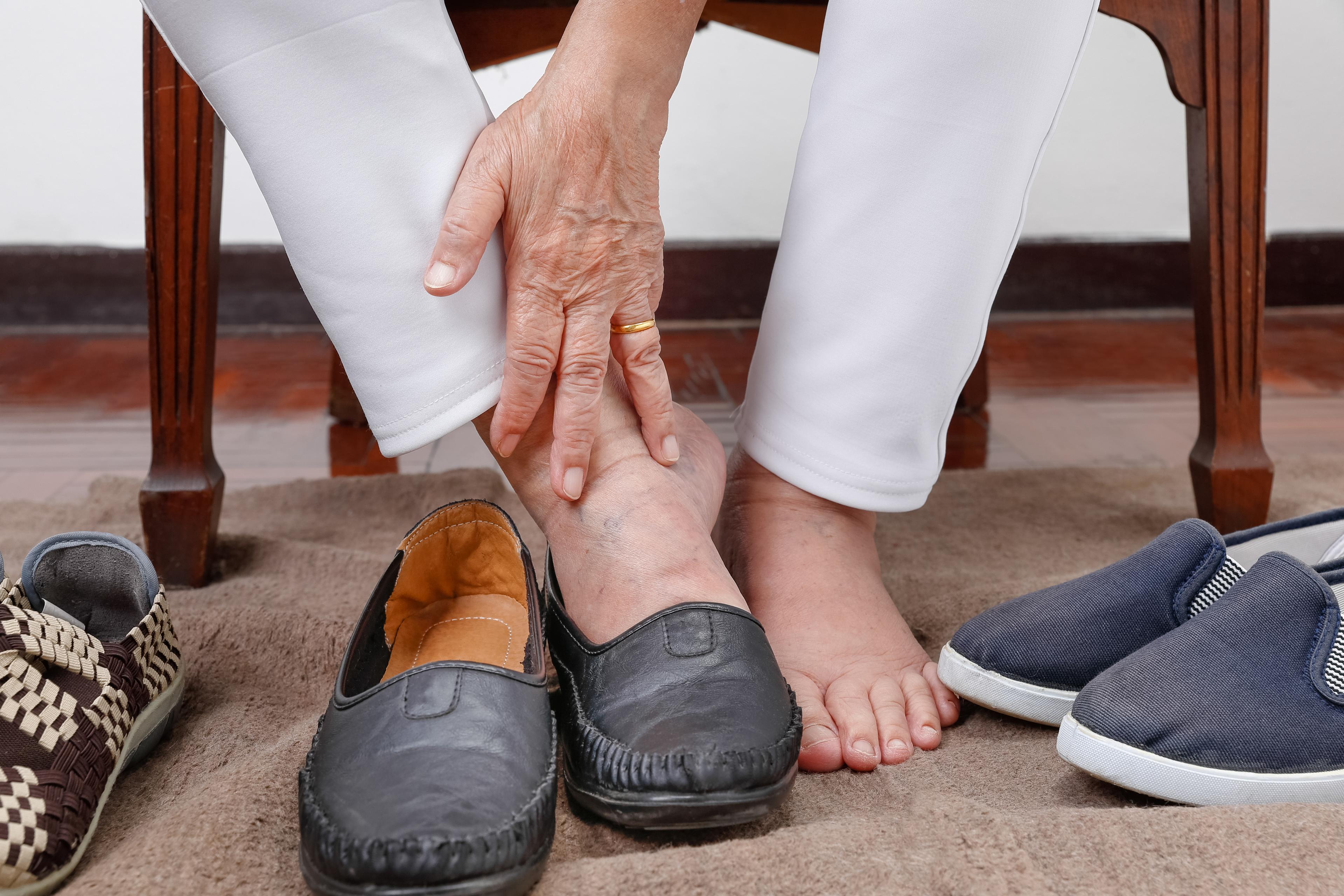Managing Asthma During the Winter
Amy Barczy
| 3 min read
Amy Barczy is a former brand journalist who authored content at Blue Cross Blue Shield of Michigan. Prior to her time at Blue Cross from 2019-2024, she was a statewide news reporter for MLive.com. She has a decade of storytelling experience in local news media markets including Lansing, Grand Rapids, Holland, Ann Arbor and Port Huron.

The winter months can bring multiple triggers for asthma flare-ups.
Many individuals with asthma find cold temperatures outside to be a trigger. But, staying inside also presents triggers as well: extremely dry indoor air, as well as indoor allergens like dust mites, pet dander and tobacco smoke, all can pose a risk for people living with asthma. Some people also have asthma that’s triggered by cold and flu viruses.
How cold weather affects asthma
Cold weather is a common asthma trigger. The cold air outside can cause the airways in your body to swell up – making them narrower. This makes it harder for air to pass through to the lungs. The cold air can also cause the muscles in the body to tighten up and clamp down, also preventing air from passing through.
Symptoms of cold weather asthma
Symptoms of asthma are the same no matter the trigger:
- Coughing
- Wheezing
- Shortness of breath
- Tightness in the chest
Seek emergency medical attention immediately if you or someone else have signs of a serious asthma attack that includes severe asthma symptoms that aren’t helped by a reliever inhaler or that return after using a reliever inhaler. A fast heartbeat, fainting, dizziness, drowsiness, confusion, breathlessness and blue lips or fingers are also warning signs of a serious asthma attack.
Avoid asthma attacks in the winter
Being aware of asthma triggers during the winter is a great step to avoiding attacks. Make sure to talk to a health care provider with any concerns, as doctors and pediatricians can help you determine a treatment and management plan that’s right for you or your child.
Here are some everyday ways to avoid asthma attacks during the winter months:
- Keep time outside to a minimum if necessary. Reduce the intensity of outdoor activity to avoid strenuous exercise. Or try warming up inside before heading outside to exercise.
- Keep up with medications and treatments. Follow any medications or treatments as prescribed by a health care provider.
- Wear a scarf outside. Keep a scarf tied over the mouth and nose when outside to keep the air you’re breathing in less cold and less dry.
- Use a humidifier at bedtime. The winter months tend to make our indoor air very dry. Adding moisture with a humidifier can help the nasal passages and lungs.
When to see a doctor
If you’ve already been diagnosed with asthma by a doctor, it’s good to see a doctor at least once a year for a yearly checkup to ensure your treatment plan and prescriptions are working.
However, if you’re having asthma symptoms you may need to see your doctor more often. Call your health care provider right away if you find your medicine is not helping your symptoms as much as it used to.
Seek emergency medical attention immediately if you or someone else have signs of a serious asthma attack.





